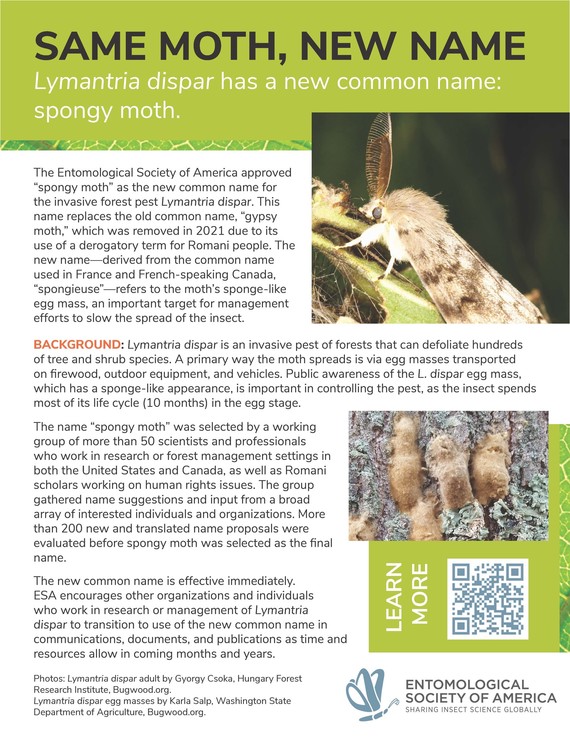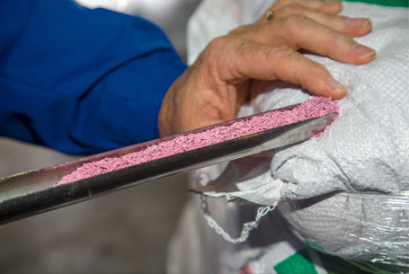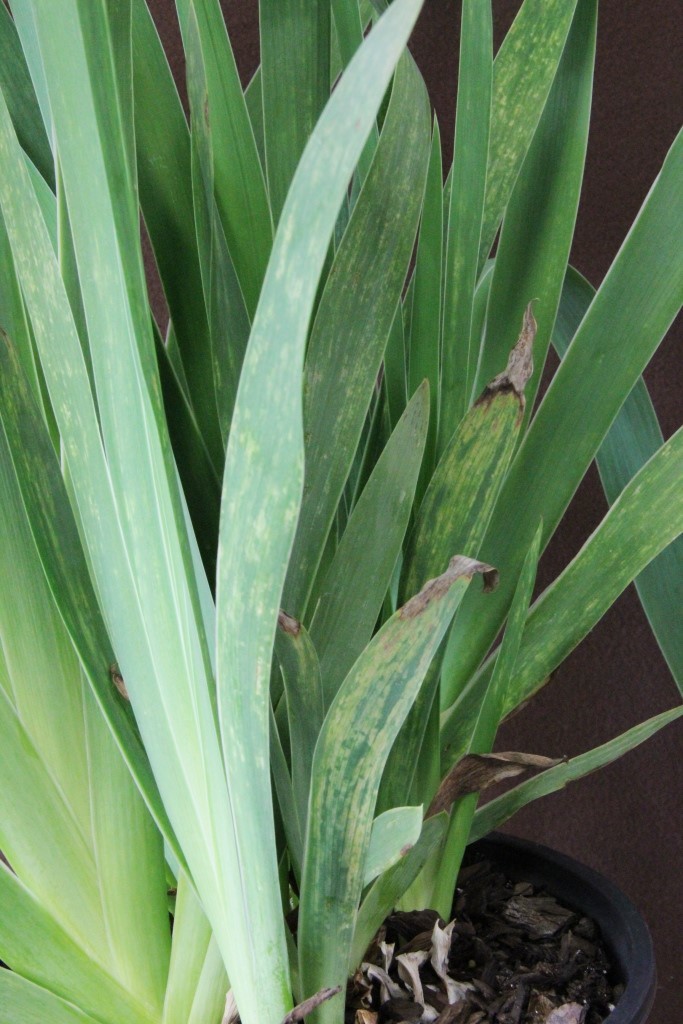 Dear Wisconsin nurseries, Christmas tree growers, and gardeners:
Hopefully all the winter projects are just about wrapped up as spring is in the air. Below are some updates on our ATCP 21 proposed rule change, spongy moth (formerly known as gypsy moth), an intro to our seed licensing program and another pathogen highlight. Please send any feedback, questions, or ideas for future e-news updates to datcpnursery@wisconsin.gov.
Having trouble viewing this email? View it as a Web page.

Weigh in on Proposed Changes to Plant Pest Quarantines
DATCP’s Plant Industry Bureau has proposed changes to ATCP 21, the plant inspection and pest control rule, to remove obsolete quarantine rules for pine shoot beetle and emerald ash borer, which have been federally deregulated and to remove thousand cankers disease quarantine as impacts have been less severe than expected. We are also proposing new quarantines for spotted lanternfly, a nuisance pest that poses serious threats to vineyards, maples, walnuts, and nursery stock in 11 states, and elongate hemlock scale, which threatens the nursery and Christmas tree industries as well as native hemlock and balsam fir forests. Finally, we are proposing to amend existing state quarantine rules for Phytophthora ramorum or sudden oak death to ensure that state and federal regulated host lists match. We are also proposing to amend existing quarantine rules for hemlock woolly adelgid to add branches, shrubs, and cultivars to the list of regulated materials and to add Alaska to the infested area. Updates to ATCP 21 quarantine rules will protect Wisconsin’s economy and environment, as part of the effective strategy of early detection, rapid response for controlling introduced, invasive plant pests. Our ATCP 21 Advisory Committee, comprised of representatives of tribes, green industries, conservation groups, agency partners, and university researchers, met three times regarding proposed rule changes in 2021. Based on this input, DATCP staff put together the draft ATCP 21 rule, which was approved by the DATCP Board at their March 3 meeting. We encourage you to attend ATCP 21 public hearings:
Wednesday April 6, 2022, 1:00 p.m. – 3:30 p.m.
Prairie Oak State Office Building, Room 106, 2811 Agriculture Drive, Madison
https://www.zomgov.com/j/1617628468?pwd=bVRqcEFoc3lIQS9vNXovMXczc3FHdz09
+1 (551) 285-1373, Meeting ID: 161 762 8468 Passcode: 696078
Thursday April 7, 2022, 4:00 p.m. – 7:00 p.m.
Marathon County Public Library, Wausau Community Room, 300 North First Street Wausau
https://www.zoomgov.com/j/1604718168?pwd=VHh6Nk5CMzlFUWUxakRGRzdHQ2ZSQT09
+1 (551) 285-1373, Meeting ID: 160 471 8168 Passcode: 442089
Comments can also be made at: https://docs.legis.wisconsin.gov/code/chr/hearings or submitted to shahla.werner@wi.gov by April 26, 2022.
|


Seed Labeling and Inspections
DATCP licenses seed labelers. The labeling requirement helps assure that consumers receive good quality seed that germinates and does not contain weed seeds. A seed labeler is any business or person whose name appears on a seed label, or who opens containers of agricultural, lawn or vegetable seed to sell all or part of it. Seed label licenses are not required if selling seed grown and sold on your own farm or seed in unopened bags or containers labeled by a licensed seed labeler. Seed licenses are annual, effective January 1 through December 31. The cost is based on gross annual sales and ranges from $25 for sales less than $10,000 up to $2,500 for sales of $100 million or more.
Our inspectors monitor and enforce seed labeling, germination, and purity requirements to ensure quality agricultural seed is distributed and sold in Wisconsin and labeling laws and rules are followed. Seed that does not conform to state standards may be removed from the marketplace and labelers may be subject to penalties. Field inspectors in the program perform a range of duties, such as evaluating labels for compliance, issuing stop sale orders, and collecting samples for analysis.
DATCP inspects all licensed seed labelers in the state on a three-year rotation with an average of 29 percent of the licensed labelers inspected annually over the past 10 years. The program work plan targets labelers that historically exceed the state violation average while also targeting species and mixtures that historically have higher than average violation rates. For more information on seed licensing and labeling, please visit DATCP Home Seed Labeling (wi.gov)
Seed sampling image credit: University of Kentucky, Division of Regulatory Services - Seed
|
 DATCP image of an iris with symptoms of iris severe mosaic.
Pathogen Highlight: Iris Severe Mosaic
Iris severe mosaic, caused by iris severe mosaic virus (ISMV), is a viral disease that occurs on irises and crocuses. Its occurrence has economic consequences for the nursery industry, as affected plants cannot be sold. ISMV can be spread by aphid vectors, contaminated tools, or vegetative propagation of infected plants. Symptoms of iris severe mosaic include stunting, subtle pale green to yellow stripes on the leaves, and blotchy colors in the flowers.
Over the past five years, 91 percent of the iris material submitted to the PIB Lab for disease analysis has been infected with a potyvirus, likely ISMV. As a result of these laboratory findings and the increased presence of symptomatic material in nurseries, DATCP inspectors found themselves condemning a large amount of irises with viral symptoms. In an attempt to better understand this virus and determine the most appropriate regulatory response to this disease, DATCP partnered with the University of Wisconsin-Madison Rioux Lab to utilize a Specialty Crop Block Grant to research the virus’ impact on long-term iris health, determine the virus’s main source of spread, and whether the virus is a threat to native iris species.
Learn More
For more information about Wisconsin's Nursery and Christmas Tree Programs, visit DATCP's Nursery and Christmas Tree Program webpage.
Read past issues of What's Growing On?
Division of Agricultural Resource Management | Bureau of Plant Industry
Having trouble viewing this email? View it as a Web page.
|